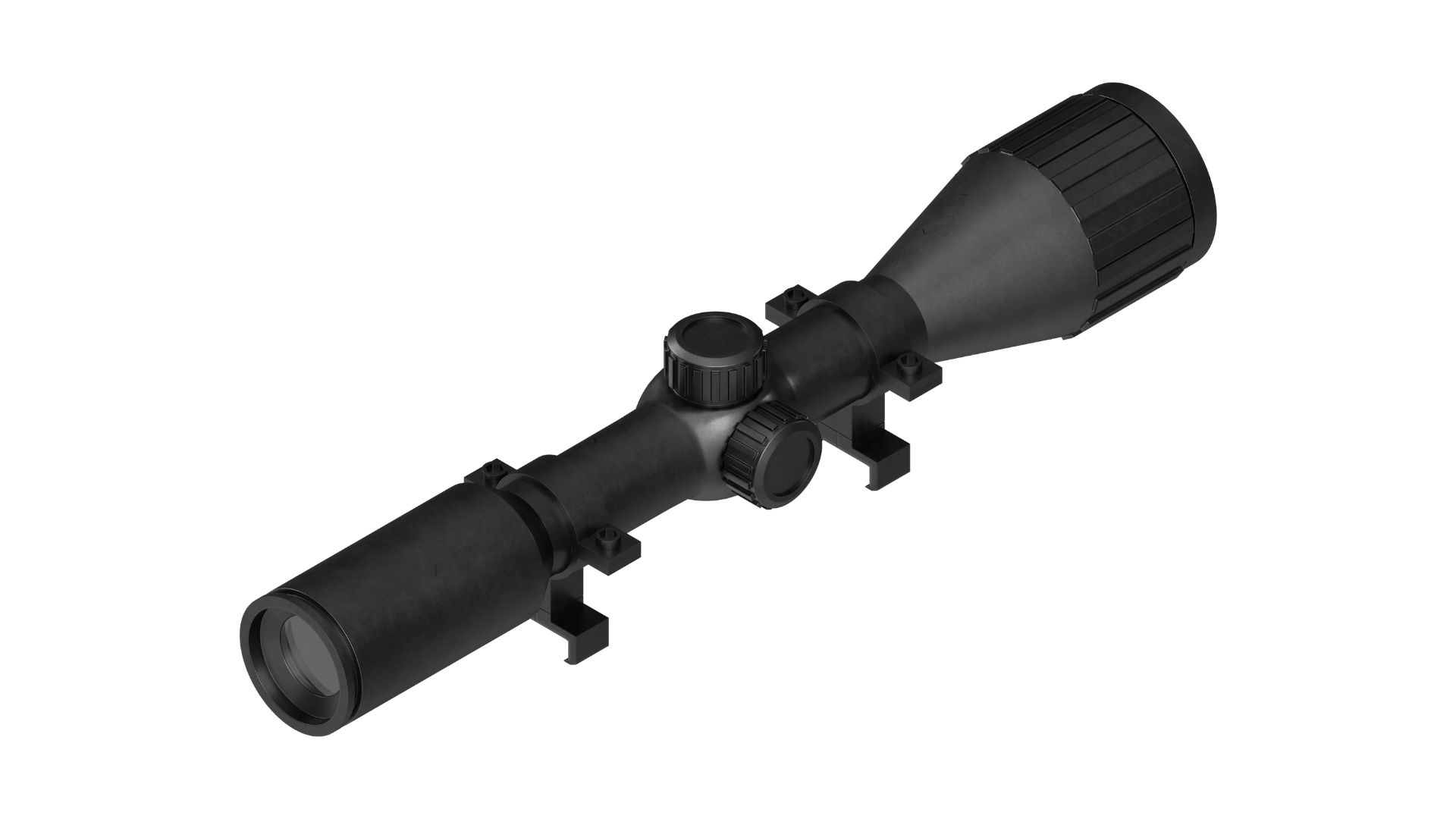Hunting Optics and Scopes

Revic, Gunwerks’ optics arm, offers this scope designed to meet the needs of hunters and shooters who participate in PRS-style practical precision competitions. It features high quality glass as well as an illuminated FireDot duplex reticle.
This slim scope pairs beautifully with walk-about rifles and provides remarkable precision aiming capabilities, such as an exposed elevation turret tuned to.25 MOA click values, an exposed first plane “precision tree” reticle with hash-style elevation holdover/holdoff references and side parallax focus.
Lenses
Scope lenses serve three primary functions: they magnify targets, help create sharp images and offer clear sight images. You’ll find these lenses in cameras, telescopes and binoculars.
Key to low-light performance is a lens’s exit pupil (EP). To determine it, divide its diameter by its magnification setting and divide by 10 (the magnification setting multiplier).
Increase low-light performance with an EP of as large as possible to optimize low-light performance. When making adjustments, keep track of how many clicks away you are from optical center – each click takes further away from optimal functioning and diminishing its performance. To prevent this, always set your new sight back to its factory optical center when making any modifications.
Reticles
Reticles play an integral part in how easily and precisely you can aim. Reticles come in various shapes and styles, all designed to help you target your targets more accurately.
Hunters prefer simple reticle designs that provide a clear sight picture, such as the duplex crosshair with its thicker bars near its edges and thin lines for precise targeting.
Competition shooters require a reticle with BDC drop points in order to calculate bullet speed and distance accurately, but casual hunters typically find these too complex for everyday hunting use. But they may come in handy under challenging hunting conditions.
Illuminated reticles provide greater visibility at dawn, dusk, and night. They may be lit using ambient light from a light pipe or by battery-powered LEDs (which last 11 years) with some models offering adjustable brightness levels.
Lens coatings
Anti-reflective coatings are almost a must; they reduce lens surface reflections and allow more light through to reach your eye through your objective. The more expensive a scope is, the more layers of anti-reflective coating there will be.
Bright scopes rely heavily on resolution; using rare earth minerals in coatings helps, too; but resolution remains the key factor to creating bright images that pop off the page.
Illuminated reticles have become more prevalent on hunting scopes since most legal deer hunting hours occur during daylight. Illuminated reticles make it easier to see your target in low light conditions; this feature can especially come in handy when shooting moving targets.
Magnification
One of the first things you’ll notice about rifle scopes is their magnification power. Magnification helps you clearly see your target; higher magnification means closer appearance; for instance, increasing magnification from 3x to 6x reduces apparent distance by half.
However, high magnification also reduces your field of view and makes scanning for targets difficult. Therefore, finding a balance between magnification and field of view is key – finding an optimal combination depends on your hunting situation and target sizes; selecting an ideally wide field of view might work better when hunting through thick brush; while higher magnification would work best when shooting long range precision shots.
Ballistics
Ballistics is a complex field, but generally speaking it entails what happens after the bullet leaves its barrel. Gravity pulls a projectile along an approximately parabolic path; understanding this and other factors will help a shooter make more accurate shots.
Many tactical scopes come equipped with sophisticated, long range ballistic reticles. These may provide features such as bullet drop compensation or range finding capabilities.
Hunting requires using a duplex reticle with thin posts near the center and thicker posts on its edges; BDC (ballistic data coefficient) reticles provide optimal accuracy.
